Vampires, Werewolves and Serial Killers, Oh My!
Most people have heard about recent cases of serial killers such as Jeffrey Dahmer, the Zodiac Killer, and Ted Bundy. But serial killers and the stories we tell about them are not a recent phenomenon. There are records of serial killers going back thousands of years. Serial killers have always inspired both horror and fascination. They are the ultimate unseen enemy, often blending in with normal society and even holding positions of power and trust. Societies, from ancient times up to the present day, have tried to explain the inhuman acts of serial killers by associating them with mythical beasts such as werewolves and vampires. This is especially true of those cases that involved cannibalism, blood drinking or satanic ritual. Here are five serial killers whose crimes were so heinous that they could only be explained as the work of monsters.

Peter Stumpp
Known as the Werewolf of Bedburg, Peter Stumpp was a wealthy farmer in a rural community in the Holy Roman Empire. In 1589 he was tried and convicted of lycanthropy and witchcraft after he confessed (under torture) to devil worship and the murder of 14 children and two pregnant women. Stumpp admitted to killing and then eating his child victims, one of whom was his own son. He also confessed to killing two pregnant women and eating their unborn children. He claimed that the devil had given him a magic belt that allowed him to transform into a ravenous wolf when he put it on. After his conviction, he was beheaded and burned. Medieval superstition aside, the murders he was accused of appear to have actually taken place.
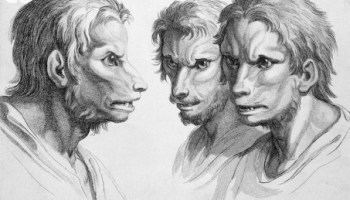
Gilles Garnier
Garnier was a poor hermit living with his wife in France during the late 1500s. One night in 1573 a passerby reportedly saw him on the road eating the body of a child. After his arrest, he confessed to killing at least four children between the ages of 9 and 12. He cannibalized his victims and even took meat home to his wife on one occasion. He became known as the Werewolf of Dole due to the explanation for his crimes that he gave during his trial. Garnier said that he had been struggling to provide enough food for himself and his wife. One night in the woods he had encountered a specter who had given him an ointment that would turn him into a wolf and make him a better hunter. It was in that form, he said, that he had killed and eaten children. Gilles Garnier was convicted of lycanthropy and witchcraft in 1573 and burned at the stake. Modern scholars have speculated that the “ointment” described by Garnier may have been a reference to a hallucinogenic substance.
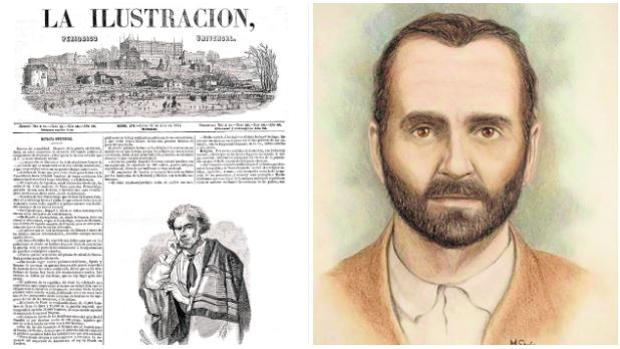
Manuel Blanco Romasanta
Spain’s first documented serial killer, Romasanta attempted to use transformation into a werewolf as a defense at his trial. He is known as the Werewolf of Allariz, the Tallow Man and the Fat Extractor. Romasanta had an unusual upbringing. His parents had reportedly raised him as a girl until he was six when a doctor confirmed that he was a boy. In 1852, when Romasanta was being tried, Spain was experiencing a period of intense famine that had caused a dramatic increase in cases of insanity.
Romasanta had held several jobs including work as a dressmaker and as a traveling salesman. He also worked as a guide, helping women and children who were migrating due to the famine in Spain. This appears to be when his murderous career began. Several women and children who hired him as a guide disappeared, but the deaths were not noticed right away because he sent letters back to their families telling them that their traveling relatives had arrived at their destination and were settling in. People began to get suspicious when he was caught selling the clothes of the people he had last been seen traveling with. Rumors also arose that he had been selling soap made out of human body fat.
He was ultimately convicted of 13 murders after bodies were found that exhibited signs of butchery. After he claimed that he had committed his crimes in the shape of a wolf, doctors were brought in to examine him for signs of clinical lycanthropy- a rare psychological disorder that causes the victim to think they are transforming into an animal. Doctors ultimately concluded that he had fabricated the story. His original sentence of death by garrotting was commuted to life in prison. He died there in 1863.
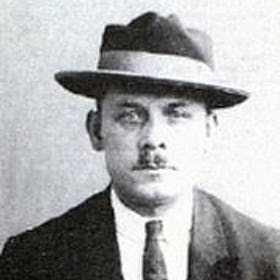
Fritz Haarman
Haarman began his killing spree in Germany in 1918 and was tried for the rape and murder of 27 youths in 1924. He often killed his victims by biting them through the throat, thus earning him the name “The Vampire of Hanover”. Haarman reportedly sold the clothing and personal belongings of his victims. He was also rumored to have sold their flesh on the black market. Haarman was convicted of 24 out of the 27 murders he was initially charged with and was guillotined on April 15th, 1925. Scientists preserved his head so that they could study his brain. It is still at Gottingen Medical School.
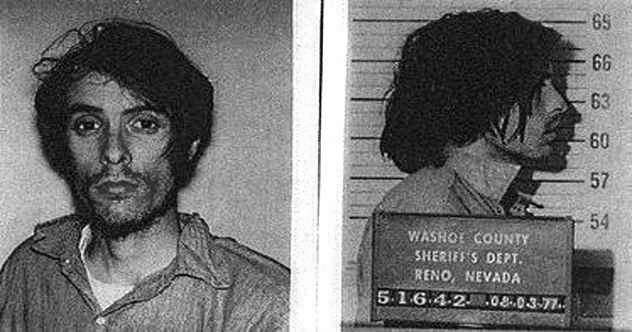
Richard Chase
Known as the Vampire of Sacramento, Richard Chase was convicted of killing six people, cannibalizing their flesh and drinking their blood. He had suffered from psychological problems since childhood and had developed an obsession with body fluids as a teenager. He was convicted of his crimes in 1979 and sentenced to death in the gas chamber. He killed himself in prison in 1980.
Bonus Round:
Just in case these five cases aren’t disturbing enough, here are two other stories about real life monsters.
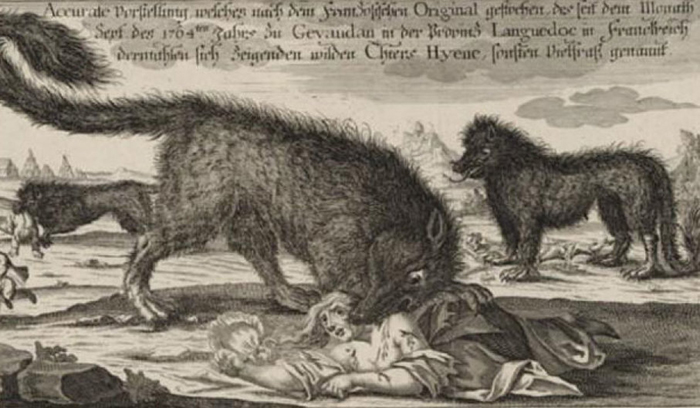
The Beast of Gévaudan
From 1764 to 1767 the rural province of Gévaudan, France was terrorized by an unknown creature known only as “the Beast”. This beast was responsible for 210 attacks and 113 deaths. The victims were found with their throats torn out, and 98 of the victims were partially eaten. Those who were attacked and managed to escape described their attacker as a huge wolf-like creature with reddish fur and black striping on it’s back. It was reported to show little fear of cattle, and if rebuffed it would often retreat a ways and then come back and attack again. At the time it was believed to be a wolf or multiple wolves, although rumors also circulated that it may be a werewolf.
Modern scholars have put forth several theories about the actual identity of the Beast. Most recently National Geographic has asserted that it may have been a young female lion. The most intriguing theory is that the Beast was not a wild animal at all, but rather a trained animal acting on behalf of a serial killer. The most common suspect in this theory is Jean Chastel, a local hunter who ultimately killed a large wolflike creature that was credited as being the Beast. There is no hard evidence for this theory, but circumstantial evidence abounds. Many people believe that Jean only killed the Beast because he thought his crimes were about to be revealed. If true, Jean Chastel would deserve an entry as a real-life werewolf serial killer.
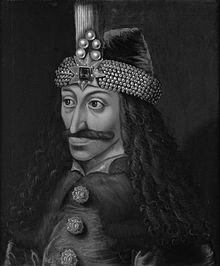
Vlad Dracula
Vlad Dracula often called Vlad the Impaler, was born into a noble Romanian family in 1431. His father, Vlad II Dracul, was the leader of the region known as Wallachia. After the Wallachian aristocrats deposed his father, Vlad dedicated himself to winning back his father’s seat. He and his father were both members of the Order of the Dragon, a fraternal organization that sought to halt the Ottoman advance through Europe. During his battles with the Wallachians and the Ottomans, Vlad became known for impaling his enemies. He is reported to have left 20,000 impaled men, women and children behind him after retreating from a battle with the Ottomans in 1462, as a deterrent to the pursuing army. Following a dispute with the Saxons over trade agreements, Vlad impaled and burned a group of Saxon merchants and their children. Vlad reportedly impaled entire villages without any apparent provocation, and his cruelty became widely known in Europe at the time.
Vlad died in battle in 1477, and his final resting place is unknown. Vlad’s surname Dracula originally meant “son of the dragon,” his father’s name, Vlad Dracul means Vlad the Dragon, a reference to his membership in the Order of the Dragon. In modern Romanian the word “dracula” means devil. This linguistic coincidence, the mystery of his burial place and his infamous deeds of cruelty have all combined to feed the legends that have grown up around him. Today Dracula is remembered in Romania as a strong leader who helped shape the country for the better, but Slavic stories also remember him as a brutal tyrant. Scholars debate whether Bram Stoker actually used Dracula as a basis for his vampire story, but in the popular imagination, the name of the historical Dracula will always be synonymous with cruelty and a vampire-like lust for killing.






